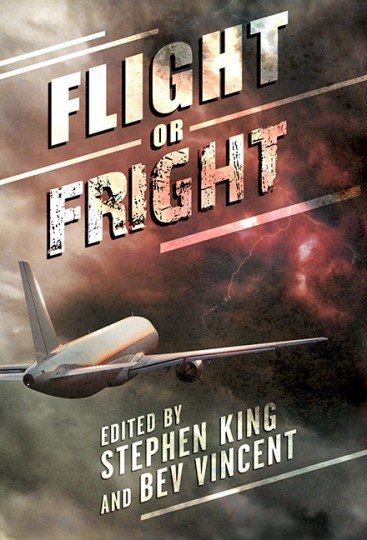
Call it “found footage adjacent.” Thirty years ago, a small group of twenty-somethings banded together to create a movie called Horror Movie. The film was never completed due to an on-set accident, but it became a cult legend after the screenplay and a few clips were released to the internet fifteen years later. The plot of the film follows the director, screenwriter and a mutual friend playing themselves as disaffected teens who enslave and torture a classmate known only as the Thin Kid. Isolating him in an abandoned school building, with his apparent consent, they are determined to turn him into a faceless monster, the kind that has populated so many classic horror films.
It’s a running joke that people claim to know someone who was on-set during production, like those who say they were at the Woodstock festival. The book’s unnamed narrator (before he’s cast, the director refers to him only as the Weird Guy), now in his fifties, who played the masked Thin Kid, is the only survivor from the cast. He originally accepted the part because he wanted to create another version of himself, but he has drifted through life in the intervening years. However, there has been growing interest in rebooting Horror Movie and the narrator has been making appearances at fan conventions to stoke this interest, signing photographs and showing off the iconic mask.
He has also signed a deal to narrate an audiobook about his experiences making the movie, the text of which forms the contemporary part of Tremblay’s novel. The book bounces back and forth between this narrative in 2023 and the events of 1993 during production of the ill-fated (and some say “cursed”) movie, with a couple of scenes from fifteen years ago. Large sections of the original screenplay, an unorthodox, highly descriptive, introspective and conversational document, fill out the novel.
There have been several false starts, but someone is finally willing to green-light and finance a big-budget movie based on the 1993 script (with a few tweaks, of course). The Thin Kid is no longer thin nor a kid, but he’s eager to take part in the production and still owns the grotesque mask. Until the end of the book, the modern part of the story isn’t very important. However, the three-decade perspective gives the narrator room to tell the story as he sees fit. He admits that his memory isn’t completely accurate or that he may have reshaped events for dramatic effect. Ultimately, readers have only his word about certain incidents, and he has a vested interest in increasing curiosity about the cult classic.
Horror Movie (the film) is grim business, as deeply disturbing as The Girl Next Door by Jack Ketchum, and the original production was rife with complications and disasters. The Thin Kid character is easily manipulated; so, too, is the person depicting him. In the early parts of the movie, his face is never visible to the camera. Once masked, he’s forced to strip to his underwear, exposing his lanky, gaunt body. He allows some of the sadistic elements of the script to be played out for real, and has the scars and other injuries to prove it. He’s aware that the director is manipulating him to get the performance she wants, but he passively goes along. He doesn’t get to read the entire script, only the extracts for each day’s filming, so he doesn’t know what’s coming. He lives apart from the rest of the cast and crew and agrees to remain silent while wearing the supposedly cursed mask, which further isolates and dehumanizes him. The line between the actor and the character blurs.
Over the course of the novel, Tremblay explores horror films as a genre (with references to many of the classics) and films in general, describing them as a collection of lies that add up to a truth and, while the lies themselves may be beautiful, the result could be ugly. He also has fun at the expense of Hollywood, with its pretentious producers and self-important directors.
The book also plays with the nature of masks—the literal ones people wear as disguises and the more metaphorical ones people adopt when interacting with society. The novel—or at least its narrator—is quite pessimistic, opining that the world eventually breaks us all.
Because the original movie was filmed mostly in chronological order, Tremblay can save the best for last, including the nature of the incident that shut down production. The narrator claims that taking part in Horror Movie didn’t exactly ruin him, but it did change his life. The question is: was the change for the better? You’ll have to watch the movie to find out…

